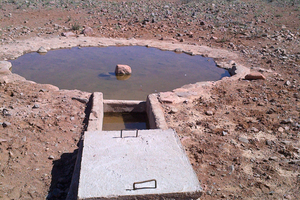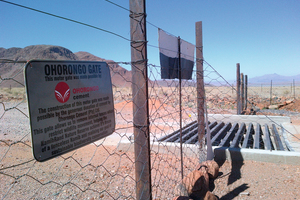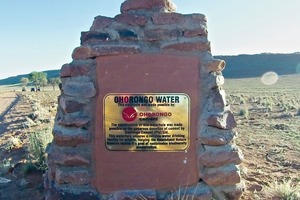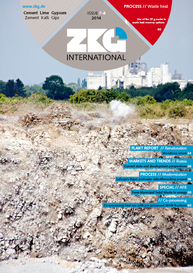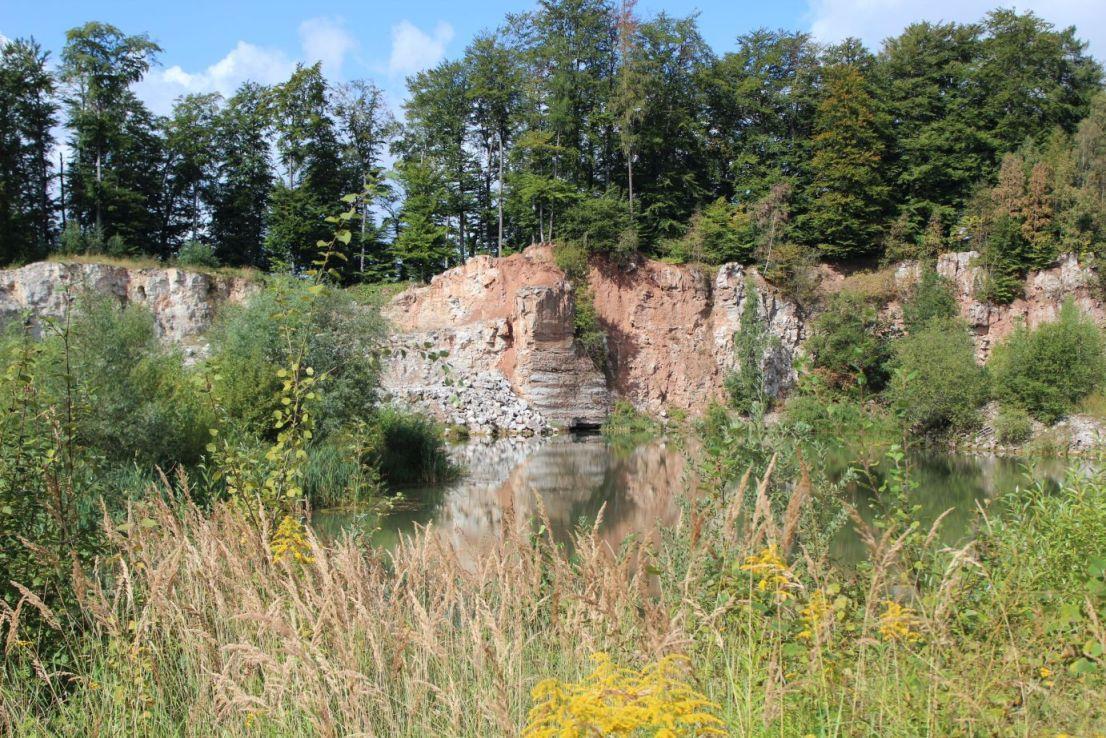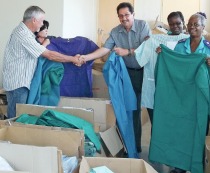Cement for the protection of nature and wildlife
Commerce and conservation joined forces when the NamibRand Nature Reserve received a generous donation of cement from Ohorongo Cement for improving a number of facilities in the protected area. The private nature reserve is located in southern Namibia and focuses on protecting and conserving the unique ecology and wildlife of the Namib Desert. The land is made up of 16 former livestock farms which have been rehabilitated into a contiguous, fenceless habitat. Innovative approaches to resource management are required to ensure that this critical area, bordering on the Namib NaukluftPark, is conserved for future generations.
NamibRand Nature Reserve is a model for private conservation in Southern Africa as it focuses on holistic biodiversity conservation, balanced with financial sustainability and low-impact, high quality ecotourism. Conservation efforts are mainly supported through park fees, collected from visitors, which enable the reserve to be financially self-sustaining. However, special projects require additional funding, which resulted in NamibRand Nature Reserve approaching Ohorongo Cement for support. Several of the reserve’s waterholes needed to be rebuilt and a motorgate (cattle grid) had to be moved further south so as to remove a section of road corridor fence, which was impeding wildlife movement.
Ohorongo Cement, based at Klein Windhoek, Namibia kindly donated 200 bags of cement towards the NamibRand Nature Reserve as part of its contribution towards conservation and its dedicated efforts to leave a lasting environmental legacy for future generations to enjoy. Accordingly, Ohorongo is proud that the CO2 emissions at their Sargberg plant, close to Otavi/Namibia are the lowest in Africa and even lower than European Union requirements.
The cement producer also makes use of alternative fuels to replace coal in the burning process in its kiln. This is done by purchasing woodchips made from the harvesting of intruder bush from its sister company, Energy For Future. The company also utilizes excess heat from the kiln again to save time and energy in the burning process of raw material to clinker. Thus it is clear that Ohorongo Cement cares for the environment just as much as the NamibRand Nature Reserve does, hence the newly formed partnership towards conservation.
In recognition of the donation, one of the several new waterholes which were built using the donated cement was named Ohorongo waterhole. The new Ohorongo waterhole was built near the Wolwedans base camp after the old waterhole, which was located too close to the airstrip was closed down because animals that were drawn to it were increasingly becoming a hazard for aircraft landing and taking off. The new site is about 5 km away from the airstrip and ensures that animals are no longer present to be a threat to any aircrafts landing or taking off. In addition, the new waterhole is close to an existing pipeline, which made the commissioning easier. The new waterhole was built in partnership with staff from Wolwedans and the NamibRand Nature Reserve.
Another project was the removal of a motorgate or “cattle guard” (Fig. 2). Permission was recently received from the Namibian Roads Authority to move this cattle grid to the southern boundary of the Reserve. The newly constructed gate was completed in early 2014 and allows the removal of internal fences which restrict wildlife movement, helping the NamibRand Nature Reserve achieve its dream of a fenceless Namib and realizing their goal of sustainable biodiversity conservation.
An official unveiling ceremony was held at the new “Ohorongo Waterhole” (Fig. 3) on 01.03.2014, which was attended by representatives of Ohorongo Cement, NamibRand Nature Reserve and Wolwedans. “We take care … cement is good for durability and sustainability,” said Gerhard Hirth, CEO of Schwenk Zement KG, Germany who represented Ohorongo Cement at the event. The success of conservation in the area has proven that a sustainable, biodiversity focused land-use can outweigh the benefits of livestock farming and can contribute significantly more to social, economic and environmental benefits. This brings in more money to the Namibian economy and provides more jobs with less impact on the environment.

